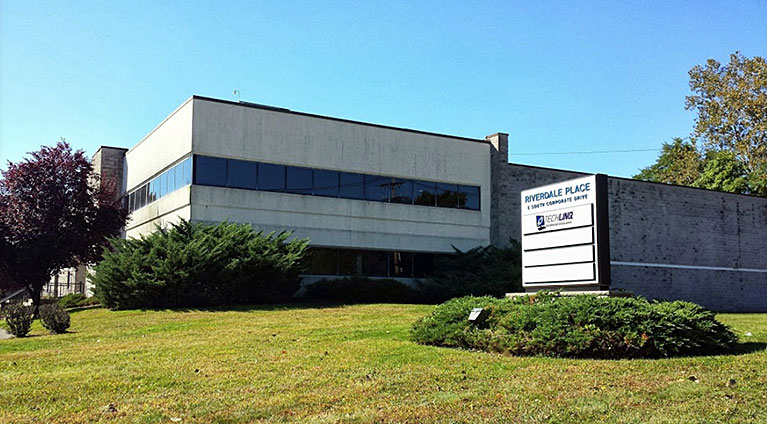There are actually a number of reasons this can happen.
First, although the lines are blurring, it helps to have a better understanding of the different objectives that viruses and malware typically have. Malware is traditionally designed to gather and extract personal information or to cripple a system and demand money to “fix” the problem. Most malware is contracted through either clicking on a link / attachment in an e-mail, or inadvertently allowing its installation when attempting to download what is thought to be a trusted update or application. A virus is generally designed to wreak havoc and cause destruction of data. Most AntiVirus applications do provide at least some protection against malware, but the people who develop malware rely on it for revenue, so they’re always looking for new ways to exploit systems. This immediately prompts the security companies to address the present threat, and develop ways to quash similar ones in the future. For end-users, it has become a frustrating leapfrog game that leaves them wary and questioning e-mails and websites that, by all accounts, appear legitimate.
So what are your best-bets as far as protecting your systems and data?
- Make sure you have a cloud-based, comprehensive, automatically updating AntiVirus / Malware security product like Symantec Cloud.
- When in doubt, question. If an e-mail from a good friend has an attachment you weren’t expecting, even if the rest of the email looks legitimate, DON’T click on it.
- Common sense is your best friend. Credit card companies will NEVER send you a notice that your card has been suspended and you must “click here” to verify your information.
- Shipping companies like DHL, FedEx, and UPS are frequently used in malware scam e-mails stating that “your tracking information is attached” or “we could not deliver your package, see attached document”. Again, DON’T click on it.
- When in doubt, contact a company that specializes in IT security, like TECHLINQ, and ask. Don’t be bashful, there are no dumb questions.
If you’re not sure whether you’re protected or have questions about the security of your systems and network, feel free to give us a call.



